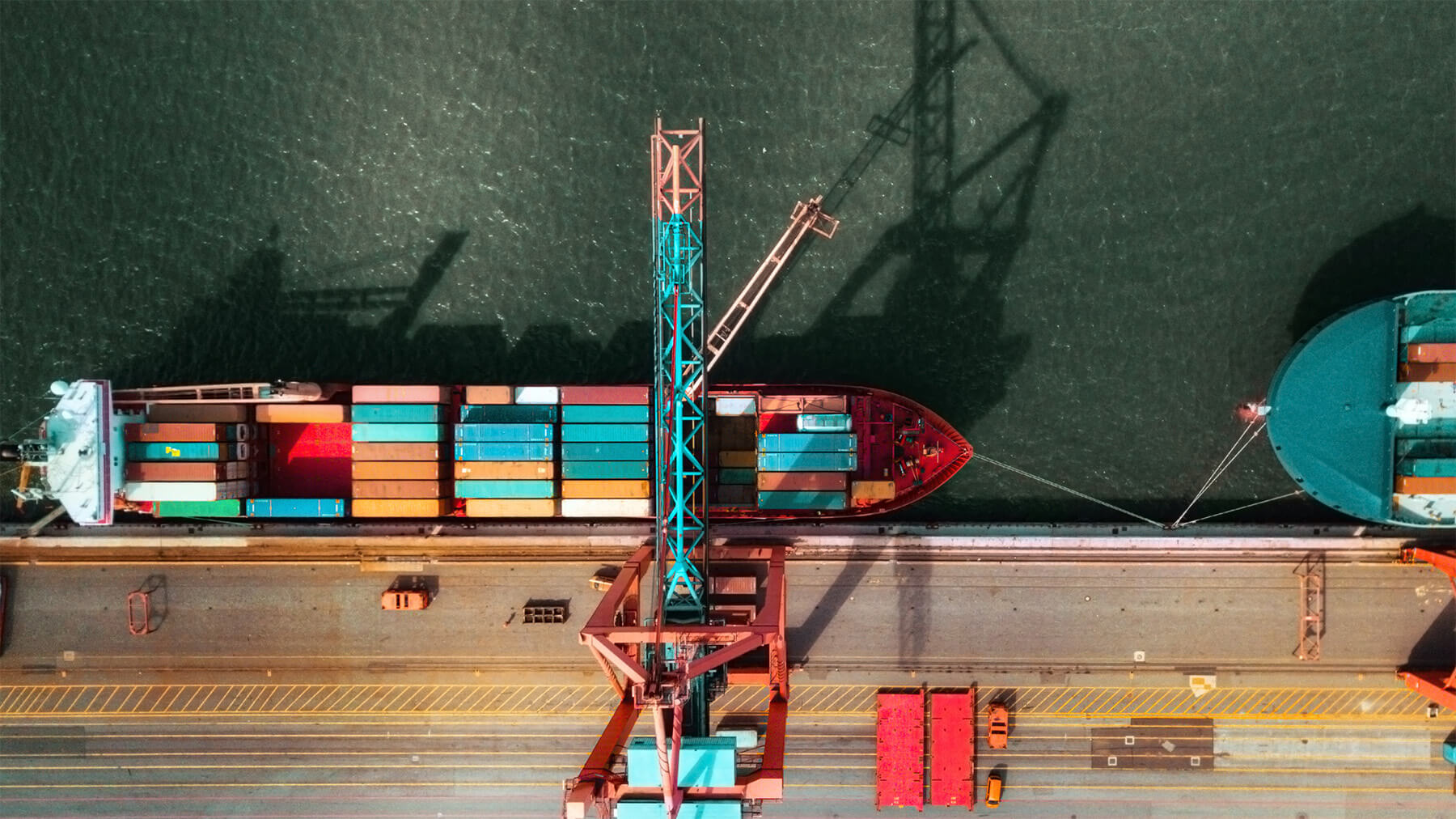The 2023 Logistics Visibility Survey Report aims to understand the level of visibility penetration in the logistics industry and what we should expect next.
Produced by Reuters Events in partnership with project44, the report surveyed more than 350 logistics executives in the North American market, including retailers, manufacturers, logistics service providers, and other industry professionals. The majority of respondents were in the logistics service provider space, while the retail and manufacturing sector made up 27% of all respondents.
The report seeks to answer key questions about visibility in logistics, including its place among supply chain innovation priorities, its potential in solving logistics capacity challenges, and how it might assist with the added complexities of international logistics. The report also aims to identify the specific barriers to implementing more transportation visibility solutions.
Download the full report, or read on for a few of the key takeaways.
Black Swan Events Highlight Need for Improved Supply Chain Visibility – Quality Data is Key
The supply chain industry, particularly logistics, has come under intense scrutiny due to a number of unforeseen events over the past few years. With port congestion and limited transportation capacity causing headaches for businesses, logistics visibility has become a top priority.
However, while logistics service providers rated the visibility over their logistics networks as relatively high (8.1/10), other sectors reported significantly lower scores. International logistics ranked lowest at 5.1, in part because of the heightened level of complexity involved in tracking multiple transportation modes.
As organizations strive to improve visibility – either through third-party or in-house solutions – the key ingredient for success is data quality. Access to high-quality data is the only way businesses can proactively manage their logistics instead of constantly having to compensate for blind spots.
Confidence in the Possibility of End-to-end Visibility is Low Due to Lack of Collaboration and Resources
Retail and manufacturing sectors are only moderately confident in achieving end-to-end visibility within the next 18-24 months, with an average score of 5.9 out of 10. Logistics service providers have a higher score of 7.1, but the overall lack of confidence underscores the intrinsic roadblocks to attaining true end-to-end visibility: transparency and trust.
As Chris Kobus, Vice President of Growth, North America, project44 puts it, “We’re seeing a failure to collaborate, which comes down to trust. Combining all of these modes and legs is difficult to do, and not everyone has the same infrastructure. This isn’t the core competency for customers and shippers – they need a solution in the middle to act as an integration layer through a complex ecosystem.”
The Primary Barrier to Achieving End-to-end Visibility is a Human Problem.
As Kobus points out, “lack of collaboration” was cited as the biggest barrier to end-to-end visibility. The study found that 44.6% of participants in the retail and manufacturing sectors and 58.8% of logistics service providers cited collaboration as a major barrier. On a closely related note, all three segments indicated that they simply do not have the resources to drive adoption – 48.2% of retailer and manufacturer sector participants and 36.8% of participants in the logistics service provider space. These findings highlights the industry-wide challenge of attracting top talent to the logistics industry
Despite the evidence that companies clearly recognize the critical importance of transportation visibility, there also appears to be an overall resistance to change. In addition to the lack of collaboration and resources, the complexity of end-to-end visibility is another major barrier to moving forward. A key element of overcoming all these issues is the ability to automate visibility processes in a way that demonstrates value and a positive return on investment.
Transportation Visibility Can Help Improve Sustainability in Logistics.
With 90% of shipper company emissions coming from the supply chain, visibility in logistics can play a vital role in improving sustainability. Visibility can provide data on trade lanes, fuel lifecycle, and route behavior to identify historical carbon footprint insights and hot spots. This information enables strategic selection of alternate modes of transportation based on lead times, uncovers consolidation opportunities for more truck load shipments, and allows for more carbon-conscious decisions. Using this data, logistics companies can support their internal ESG goals and meet customer sustainability requirements.
Looking Ahead: Visibility Is Just the Tip of the Iceberg
Data-driven transportation visibility has become an increasingly critical aspect of the supply chain, and its impact on other functions is rapidly expanding. Using this new ecosystem of data, organizations can unlock powerful automation and overall value not only in logistics, but also in areas like production planning and facility automation.
There will be challenges, especially for international logistics, but a focus on data quality rather than mere data volume will go a long way toward eliminating blind spots.
Though the retail and manufacturing sectors will continue to be cautious in their adoption of new solutions, there is hope for a more efficient and productive future if we can overcome confidence issues, establish trust, and improve collaboration.
While supply chain is still in the infancy stages of digitization, the drive to achieve true, end-to-end visibility will encourage more organizations to turn to technology as a way to increase logistics capacity and return to “normal.” And as the use of these technologies increases, global supply chains will unleash a wave of transformation across all global tiers.
Get more details about the state of logistics today and what to expect tomorrow by reading the full survey and report here.
Reflections on the State of Logistics Visibility in North America
Survey Report 2023



